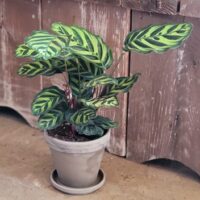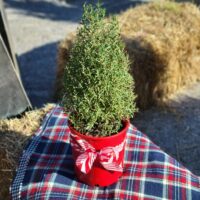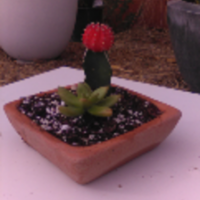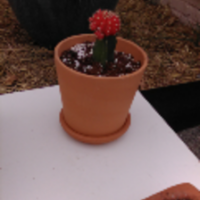
Sansevieria cylindrical –
The sansevieria cylindrical plants have cylindrical leaves with a fibre tip. There are two types which are ‘Sansevieria Snake Plant’ and ‘Starfish Snake Plant’.
And many more!
Botanical Name: Sansevieria cylindrica
Cylindrical Snake Plant has upright, tubular leaves that make a striking house plant. This African native also happens to be carefree. Find out how to grow, water, fertilize and propagate this succulent.
Round leaves with a dark-green striped pattern give this eye-catching succulent its common name. Pointed leaf tips give this South Africa native another name, African Spear. (Watch out for those points — they are sharp!)
The gray-green tubular leaves grow straight up or arch outward, depending on the cultivar, and are about an inch thick. Upright leaves tend to be dust-catchers — gently wipe leaves with a damp cloth to keep them dust-free.
How big does it get? Cylindrical Snake Plant can grow up to 2 ft (60 cm) tall, growing indoors in a container.
Does Snake Plant flower? Maybe. Creamy white, tubular blooms growing along a tall flower stalk may appear on mature plants. If you’re lucky enough to get the blooms, you’ll love their beautiful fragrance. Cut off flower stalks after blooming has stopped.
This relative of Mother-in-Law’s Tongue is just as easy to grow, but has a fresh, bold style all its own. You’ll enjoy this striking accent among your indoor plant collection. Its easy-going nature and tolerance of dry air and soil also make it a reliable office plant.
Cylindrical Snake Plant Problems, Solutions and Answers
Any problems with growing Sansevieria are usually related to watering. Allow the soil to dry out between waterings. If in doubt, keep it on the dry side. The only things that will kill Cylindrical Snake Plant is soggy soil and prolonged exposure to cold temperatures.
Limp leaves are either caused by lack of sunlight or overwatering.
Repot in spring, only when plants get crowded and need dividing. Keep the leaves at the same soil level as they were before; don’t bury them which can cause them to rot. Use a wide, heavy container to prevent toppling — this tall plant can get top-heavy.
Something bugging your houseplant? Watch for webbing between leaves, caused by spider mites. They’re attracted to dry conditions, which succulents like. Also look for white, fuzzy mealybugs that often hide at the base of a plant. Isolate an infested houseplant to prevent pests from invading your other indoor plants, and treat it right away.
Brown leaf tips or dry, brown patches are symptoms of too much direct sunlight. (See “Light” tips below.)
Is Cylindrica Snake Plant poisonous? Yes, according to the ASPCA, this succulent contains saponins, which is toxic to cats and dogs.






